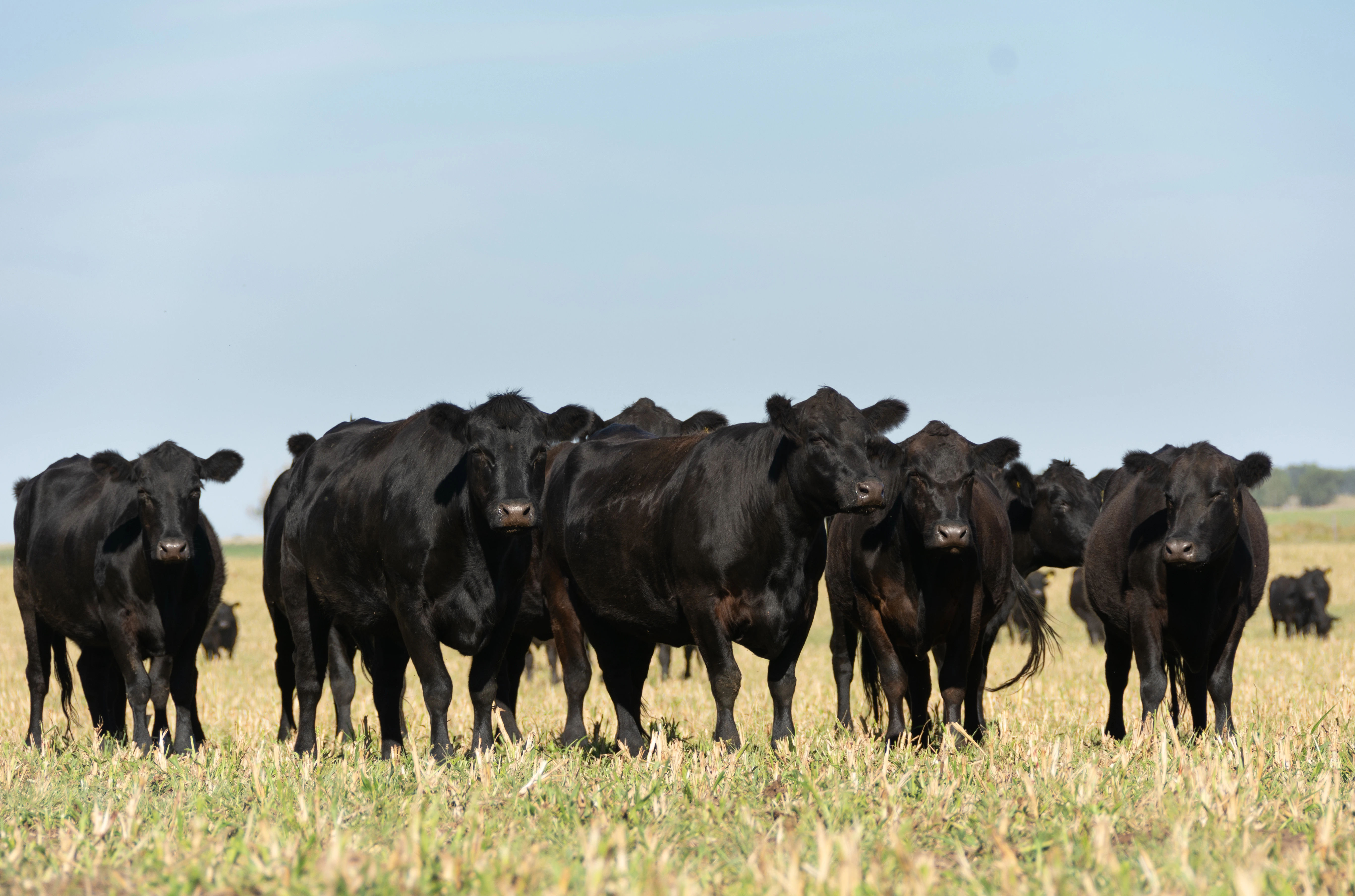.avif)
By Jared Schenkels, DVM, The Dairy Authority
You can often look at a cow on the outside and see that she is injured or sick. Wouldn’t it be great if we also could see the inside of cows to evaluate their health status, and even head off problems before they become physically sick? With liver biopsies, that’s now somewhat possible.
Liver biopsies are performed by making a small incision between the ribs and inserting a long needle to draw out a tiny, core sample of liver tissue. Using the latest equipment and techniques to do this, the procedure is minimally invasive, and the tissue sample is the approximate diameter of piece of mechanical pencil lead.
This video from Kansas State University demonstrates the procedure, and this bulletin from Michigan State University explains more about it.
The liver tissue is then evaluated for levels of microminerals to determine if they are too low or too high for optimum health and performance. The major minerals stored in the livers of cattle are copper, zinc, selenium, manganese and cobalt.
Our goal is to achieve a perfect balance with these mineral levels. Selenium, for example, is a potent antioxidant. A shortage of selenium prevents white blood cells from performing maximal function, which can lead to a higher incidence of common diseases like mastitis, metritis, and retained placenta.
On the other hand, the theory of, “if some is good, more is better,” does not apply in dairy nutrition and mineral balancing. Excessive levels of minerals like copper and zinc can lead to systemic toxicity. There is a fair amount of antagonism between minerals, in that too much of one can tie up the availability of another, again leaving the cow in short supply.
Plus, when cows receive too much copper or zinc over their lifetimes, these minerals are stored in the liver. If that storage unit becomes too full, impaired liver function is the result, which again affects cow health and performance.
Micromineral levels out of the normal range also can affect reproductive cyclicity, egg quality, embryo viability, and calf vitality.
Sampling and evaluating liver tissue is useful in a number of scenarios. If a herd is struggling with low fertility; weak or stillborn calves; or a disease challenge like too many retained placentas, taking a set of liver samples can be helpful in diagnosing the cause and making ration adjustments accordingly.
Another useful scenario is to biopsy a set of cows if a major change in feedstuffs has occurred, or the dry-cow diet has been changed significantly. It’s a proactive way to determine how those dietary adjustments are impacting the cows, well before they would be reflected in milk production or fresh-cow health.
Many herds also use liver biopsies as a routine monitoring tool to make sure rations and health are on track over time. Sampling 10-20 livers at dry-off per month, for example, allows for ongoing surveillance of mineral levels and can detect changes that might require management attention. The same approach could be used for calves or heifers entering the next stage of rearing so their nutrition can be tailored according to their needs.
Dialing in on hepatic mineral levels also can result in significant cost savings for dairies. If cows are being overfed certain minerals, that’s money wasted on trace mineral packs that they don’t need. And because many dairies in the region have micro ingredient systems that precisely dose minerals into rations, adjustments in mineral levels can be made easily, resulting in more perfectly balanced rations that also cost less.
Mineral levels in the liver do change naturally at various stages of pregnancy, so surveillance programs should be performed at a consistent stage of gestation. When using liver biopsies as a diagnostic tool, each cow’s gestation stage should be noted on the sample submission.
Liver biopsies are widely used at The Dairy Authority and all of the TDA doctors are highly skilled in performing them. They can be a valuable tool in supporting immune function and fertility; identifying mineral deficiencies and overdoses; saving on feed costs; and monitoring nutrition programs on dairies.








